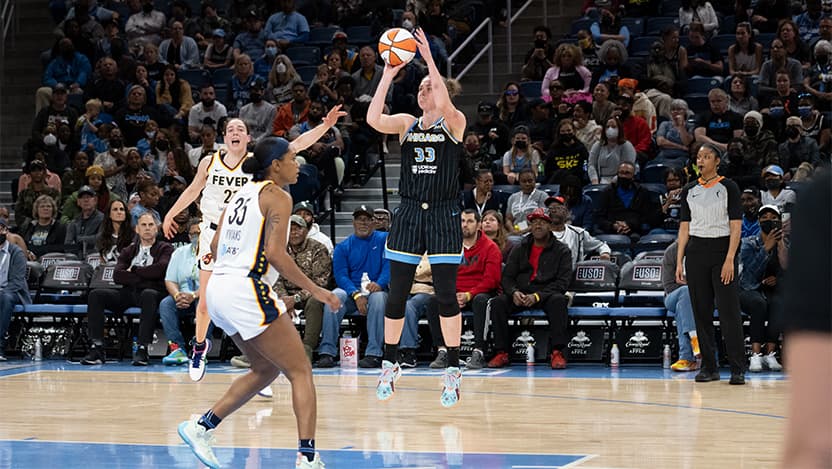What women need to know about sports injuries

Anatomy, nutrition and other factors can make female athletes — and all active women — more prone to injury and orthopaedic aches and pains. Whether you are a triathlete or just trying to get fit, minimize your risk for injury with these tips from Holly Benjamin, MD, sports medicine specialist at the University of Chicago Medicine.
Why women are at risk
Anatomy: Women have greater flexibility than men, thanks to looser ligaments. The downside of greater flexibility is weaker muscles, which can lead to injury. Women also have wider pelvises, which alters the alignment of the knee and ankle and puts more pressure on surrounding joints.
Nutrition: Many women, including athletes, don’t get enough calcium and vitamin D. Because of menstruation and difficulty absorbing iron, women face a higher risk of iron-deficiency anemia.
Hormones: Higher estrogen levels in women are associated with less muscle mass, weaker ligaments and more body fat.
Biomechanics: When jumping, women tend to land more upright with their knees closer together. Also, in sports such as soccer, women often cut from side to side on one foot, creating torque — and additional strain and pressure — on the knee and ankle.
Female athlete triad: Highly athletic women may be susceptible to “female athlete triad”— a combination of inadequate calorie and nutrient intake, irregular menstrual periods and bone loss. Inadequate calorie consumption can lead to overuse injuries, including sprains, strains, tendonitis and stress fractures. Eating disorders, including anorexia nervosa, contribute to this triad.
Sports injuries common in women
Ankle sprains: Looser ligaments mean weaker ankles and instability when pivoting in sports like basketball and soccer.
Rotator cuff tendonitis: Results from looser shoulder joints, weaker muscles and improper form with overhead movements in sports such as tennis and volleyball.
Knee injuries: Weak hip and knee muscles can put too much pressure on the kneecap and cause chronic pain and inflammation around the knee joint (patellofemoral pain) because the kneecap is not properly aligned and tracking with movement.
What you can do
Conditioning: Identify weaker muscles or areas that need more flexibility and target those in your training. Weightlifting can be very beneficial for women who want to prevent overtraining injuries. Women should also make core strengthening a priority.
If you are injured, be sure you recover completely to avoid further damage and the long-term risks of inadequate rehabilitation. For example, a strained hip flexor could lead to an altered running gait that causes a labral (cartilage) tear in the hip.
Nutrition: Know your risk factors for nutritional deficits and have your iron, calcium, vitamin D and bone density checked for a baseline measurement and then as often as if recommended by your health care provider. In addition to the short-term risk for injury, chronic calcium and vitamin D deficiency can lead to low bone density and a much higher risk of osteoporosis later in life.
Consult your care team: Counseling from nutritionists, primary care physicians, coaches, and psychologists can help address the “female athlete triad” and other challenges facing female athletes.

Holly Benjamin, MD
Dr. Holly Benjamin is a specialist in sports medicine and non-surgical musculoskeletal injuries.
Read more about Dr. Benjamin